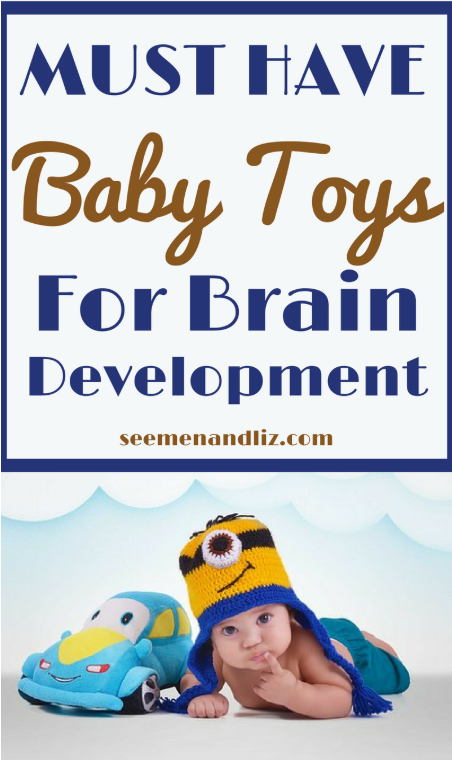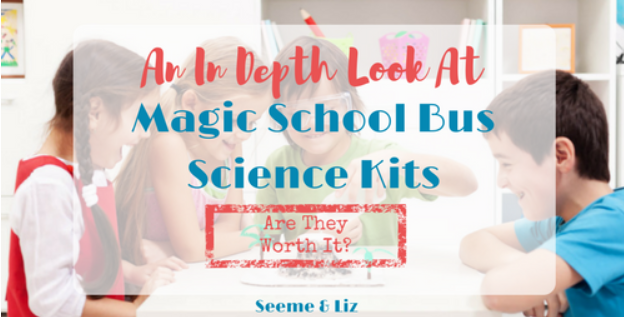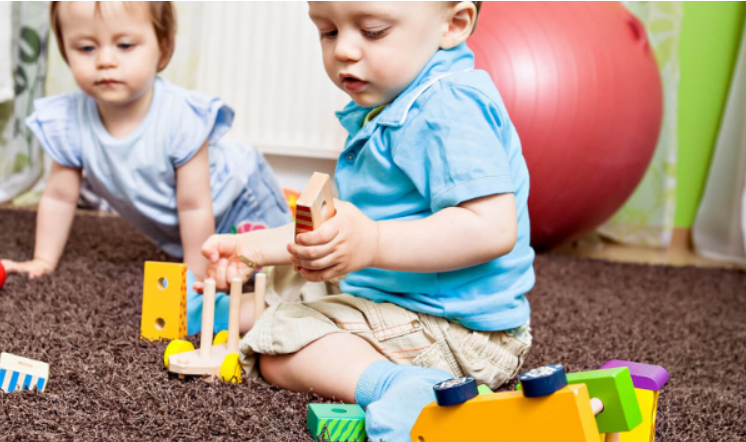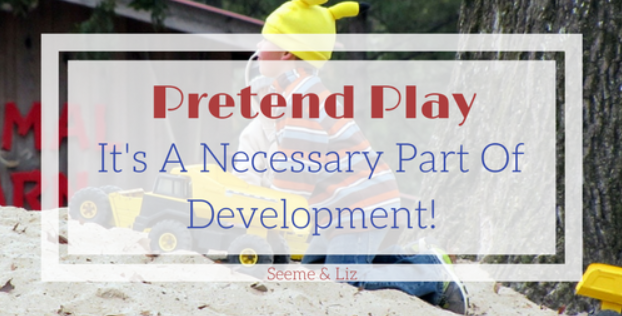Choosing toys that will help your baby learn, especially when it comes to language and speech development, can be an overwhelming task.
This article is the first in my “Best Learning Toys” series.
I will lay out the best learning toys for babies and give you ideas on what you can do with these toys to engage your little one.
By engaging with your baby and following some of my suggestions your baby will be learning so much through play!
Keep in mind that it is not the toy that teaches, it’s you, the parent/caregiver.
This is one of the reasons I always recommend parents stay away from electronic toys for babies and toddlers.
Babies learn best through interaction with others, not by listening and watching an electronic device or toy.
So you will not find any “educational baby apps” listed here.
Keep in mind that just because a toy manufacturer claims a toy is “educational” or great for learning doesn’t mean much.
They are trying to sell their products.
I actually avoid “educational” toys, especially for babies.
The simpler the toy, the better!
For the purposes of this article babies refer to children under the age of 2.
7 Must Have Toys To Help Your Baby Learn
These toys are listed in no particular order.
Click on any of the toy recommendations below to learn how that particular toy can help your baby with learning and speech development!
Make sure you take the time to go through this list as it is quite lengthy and I have jam-packed it with tips on how you can interact with your baby using each toy for maximum learning benefit.
To make it easier for you to remember all of the tips I share, be sure to download the PDF version.
- Baby Play Mats
- Balls
- Ball Drop Toys
- Toy Phones
- Stuffed Animals
- Nesting Cups
- Shape Sorters
Baby Play Mats
A baby play mat is a must-have for all new parents!
I wrote an entire article on baby play mats (or play gyms) and go into great detail on how they benefit speech development and learning.
I also talk about how to choose the best one for you and your baby.
If you are interested in learning more about baby play mats, please read this article.
Promote Early Language Development & Learning With A Play Gym Mat:
- A low tech toy without a lot of bells and whistles (although some do light up when baby kicks/touches certain areas).
- Great for learning cause and effect – baby touches a dangling toy and it squeaks or crinkles.
- The toys that dangle down are often early vocabulary words (e.g. star, ball, animal names, etc.) – talk to your baby about these items.
The rest of the article continues similarly by elaborating on each toy, with learning tips for interaction between caregiver and baby.
If you need the full content for all sections (Balls, Ball Drop Toys, Toy Phones, etc.), I can continue typing them — just let me know!




